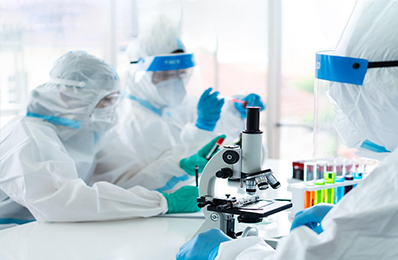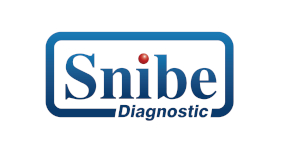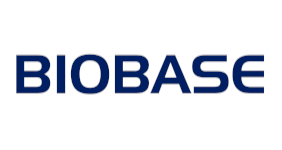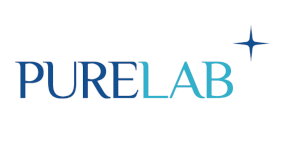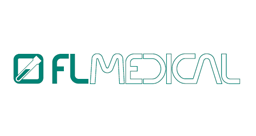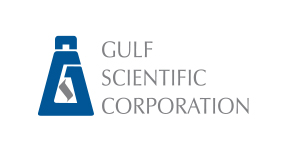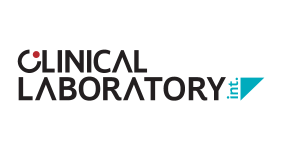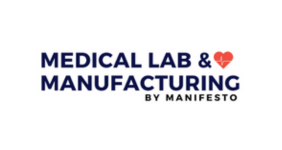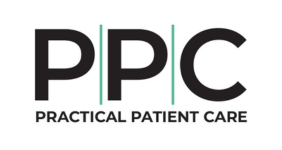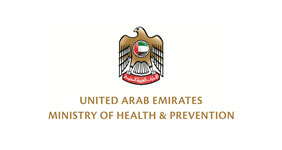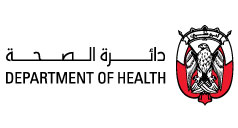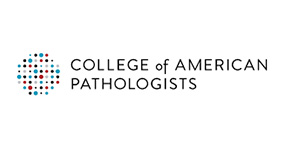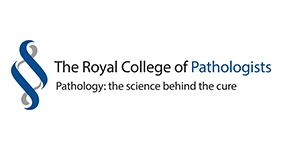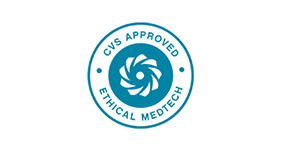Evolving role of the laboratory
Practical information on the laboratory and COVID-19
James Snyder, Ph.D., D(ABMM), F(AAM), Professor of Pathology and Laboratory Medicine, Director of Microbiology and MolecularmDiagnostics, University of Louisville Hospital, Louisville, Kentucky, U.S and Robert L. Sautter, Ph.D. HCLD/CC (ABB) MS MT (ASCP) SM, Principal Consultant of RL Sautter Consulting LLC, Lancaster, South Carolina, U.S.
The institution of laboratory testing is a difficult task that requires a multidisciplinary team and in particular “buy-in” by the laboratory as a whole. Often, the type of testing either in the main laboratory or in the point of care will be discussed over a significant amount of time. In particular, when complex testing such as molecular testing is being brought on board, several things must be considered.
Many of these parameters would include the impact on patient outcome, the technology currently available, adequately trained technologists, directors that have knowledge and expertise in the area being added to the testing menu, hospital administrative approval, non-laboratory healthcare workers support and Physicians and caregivers to aid in the ordering, testing and resulting of the new test.
This is an important task even when the test is currently available to be purchased and in the United States (U.S.) it has to be Food and Drug Administration (FDA) approved.
The COVID-19 outbreak and pandemic has been a very dangerous and unusual time for the world in general. In the United States, starting to test as soon as possible with no current test in the market to diagnose this virus was and is a difficult task. An Emergency Use Authorization (EUA) of testing may be used during an emergency when there are no approved adequate alternatives available.
The Center for Disease Control and state public health laboratories started testing followed EUA approval and testing started by large reference laboratories. Next, academic centres and private large hospital systems started testing following FDA approval. In a relatively short time, the testing expanded to include hundreds of thousands of tests each day. Molecular viral testing, antigen testing and antibody testing are now available to be used to detect COVID-19 (COVID2) viral disease or exposure.
There are a number of important considerations to be kept in mind for starting up testing during a dangerous pandemic in a short period of time to help treat patients and keep populations safe. During this time, the importance of the laboratory in the care of patients and the health of our systems is apparent. It has become clear that the laboratory plays an extremely important role in diagnosing and treatment of these patients. Overall, although debatable, the results of laboratory tests are paramount to the accurate diagnosis of any disease in 70 per cent of those afflicted.
The institution of laboratory stewardship, diagnostic management teams and laboratory technology teams result in choosing accurate and reliable laboratory methods. Last but not least is preanalytical, analytical and post-analytical test phases. Many times, we focus on the analytical phase of testing and ignore the pre and post phases. Seventy per cent of laboratory errors are associated with pre-analytical errors. It is now clear that getting appropriate collection devices, collecting the samples correctly and reporting the results to the appropriate caregiver is a must to accurately testing patients. Also, capturing data on the positivity rates, the mortality rates and immunity rates and sharing this data with leaders, healthcare professionals and government all while keeping healthcare staff safe during these difficult times is an extremely important post-analytical phase of testing.
References available on request.

